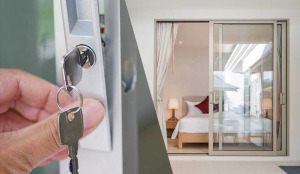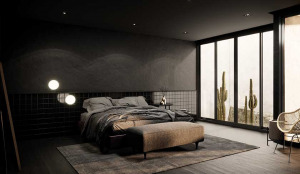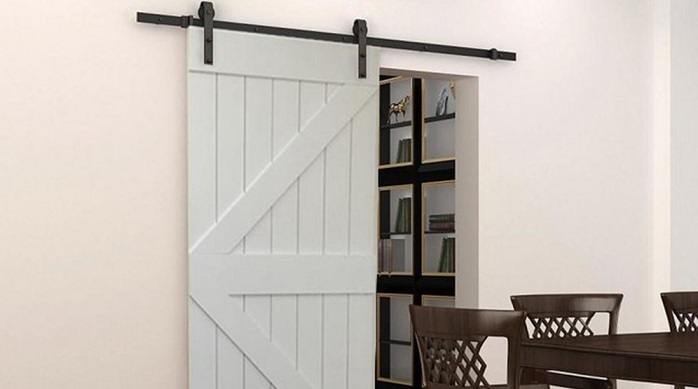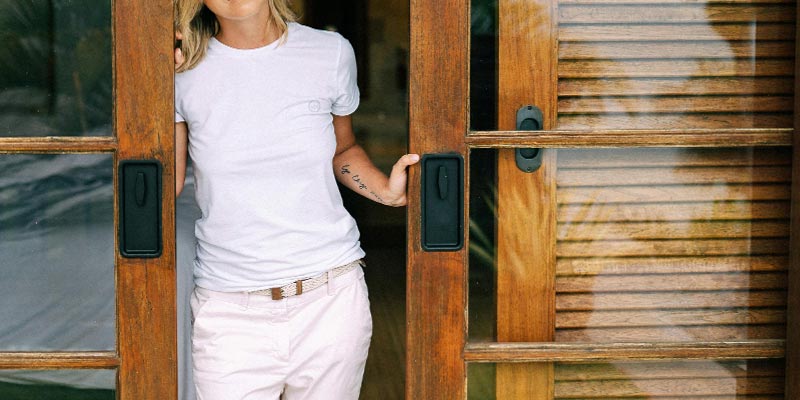
Trouble deciding what stitch pattern to use for your upholstery project? We explain the different types of upholstery stitches, and how to choose the best one for your project.
Stitches are an integral part of any upholstery project, which is why it is important to choose the types of upholstery stitches that are perfect for the task at hand. While there are several different types of stitching patterns and styles to choose from, not all of them are perfect in every situation.
Understanding Upholstery Stitches
Several common stitches are used in upholstery projects because they are specifically designed to handle the unique demands of the furniture industry. These stitching patterns prioritize strength and durability over decorative appeal. Although certain stitches do add a bit of an aesthetic element, their primary function is nevertheless to ensure that the material stays intact year after year.

Common types of upholstery stitches: Seams
Plain Seam
The plane stitch is the most common stitch that is used in the upholstery industry. This particular stitch is used when sewing two pieces of fabric together with the aid of a sewing machine. It is a very strong and reliable stitch which makes it perfect for just about any upholstery project where a simple joint is necessary.
French Seam
However, if you are looking for a stitch that provides a much cleaner and fashionable look that encases the edges of the fabric, then look no further than the French seam. This particular stitch is stronger than the plain seam and adds a magnificent decorative touch to the final project. As a result, it is the perfect stitch for working with high-end furniture.
Common types of upholstery stitches: Patterns
Topstitching
You may choose to use a topstitching, that will provide a decorative element to your finished project. Not only is topstitching decorative, but also adds a layer of durability to your project because it stitches through all of the layers of fabric. As a general rule, topstitching is used in places where the seam may be visible such as in the backrest or along the edges.
Blind Stitch
When you need a strong stitch that is not visible, then you will want to use a blind stitch. Unlike the other types of upholstery stitches we have discussed, the blind stitch is a hand-stitching technique. The blind stitch is generally used for hemming and securing fabric without the creation of any visible stitches. This is perfect for a seamless and professional finish on just about any type of furniture project.
Stitch Strengths & Purposes
Different stitches serve specific purposes when dealing with upholstery projects. The primary focus of any stitch is to hold fabric and padding together securely. How strong the stitch does this, will help you to decide which one is the best for your upcoming project.
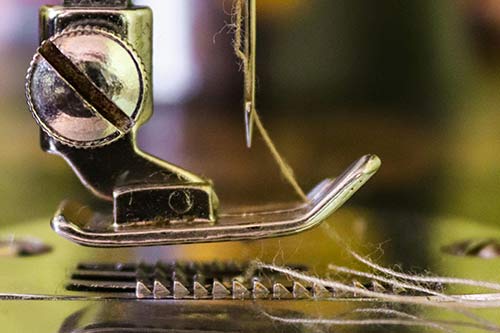
Holding Fabric Securely
Plain Seam Strength
When it comes to the plain seam, its simplicity is its strength. Not only is the plain seam robust enough to handle large amounts of tension and stress, but it can withstand this use daily. It is the perfect stitch for any area of furniture that does not require any form of decorative element. When you are looking for the strongest seams possible, a plain seam is the perfect option.
French Seam Durability
As for the French seam, not only do you have a very decorative look that protects the edges from fraying, but also provides enhanced durability, especially along the edges of the furniture project. The French seam is perfect for any area of the project that is exposed to heavy wear and tear. Because there is additional stitching involved in creating a French scene, its strength becomes more reliable as its complexity increases.
Padding Securely
Topstitching Reinforcement
Topstitching is the best option when it comes to securing your padding. This particular seam not only enhances the appearance of furniture but helps to reinforce any of the seams simply because it stitches through multiple layers of fabric and padding. This ensures that the padding underneath the top layer is held together securely, which prevents any future shifting.
Blind Stitch Subtle Security
As for the blind stitch, this particular stitch is used when invisible finishes are important. While it is also good at securing padding, it is most particularly useful in areas where adding visible stitches would detract from the aesthetic of the final piece. This includes the front panels of the cushions and edges along the armrests.
Types of Upholstery Stitches: Selecting the Right Stitch and Pattern
It is important to choose the right types of upholstery stitches and patterns to ensure that your furniture lasts a long time. Many different factors need to be taken into consideration when determining which type of stitch and pattern is right for your upcoming project, including the type of fabric and the level of detail.
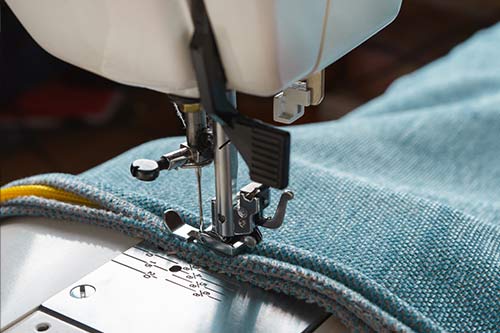
Furniture Style
Traditional vs. Modern
The type of stitching that you use will be dependent upon whether the furniture is traditional or modern. More traditional furniture benefits from the use of French seams and plenty of topstitching, whereas more modern furniture focuses on a minimalistic design that uses plain seams and blind stitches.
Traditional Look: French Seam + Topstitching
Modern Look: Plain Seam + Blind Stitching
Fabric Type
Heavy-Duty Fabrics
As for heavy-duty fabrics such as leather or extra thick outdoor upholstery textiles, you want to use extremely strong stitches such as the plain seam or reinforced topstitching. Since these fabrics handle more wear and tear, they also require stitches that are capable of handling their heavier weights and greater resistance.
Delicate Fabrics
When it comes to more delicate fabrics such as cotton or silk, French seams or blind seams are the perfect option. Not only do these stitches help to protect the fabric from fraying along the edges, but it also ensures that the final project has a neat appearance without any additional bulk.
Desired Level of Detail
High Detail
If you are looking for something that has a high level of detail and uses plenty of decorative elements, then you will want to use a French seam along with topstitching. These two styles are the perfect complement to one another and add a bit of texture and visual interest to the finished project.
Minimal Detail
However, if you are looking for something more minimalistic, then you will want to focus on using plain seams along with blind stitches. This combination offers your project plenty of durability without taking away from the aesthetic nature of the furniture’s design.
Author
-
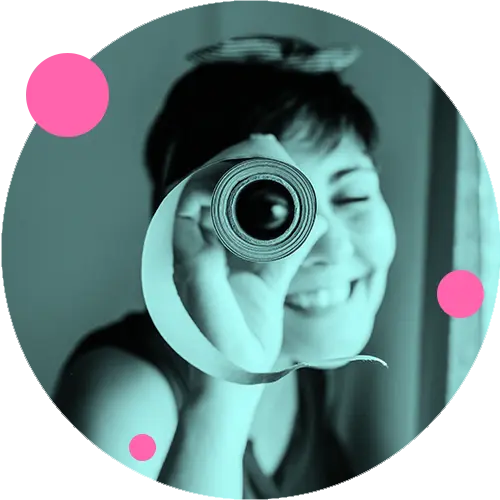
Hey, I’m Sara, co-owner of NestKoo! I’m a graphic designer and professionally trained fine artist, with a Bachelor of Arts (Fine Art) majoring in Painting. I love being close to nature, sustainable living and bringing new life to old things. My specialty in NestKoo is DIY house painting, upholstery and furniture upcycling, where I bring my skills in fine art painting and contemporary design together into a practical home DIY context.
View all posts



